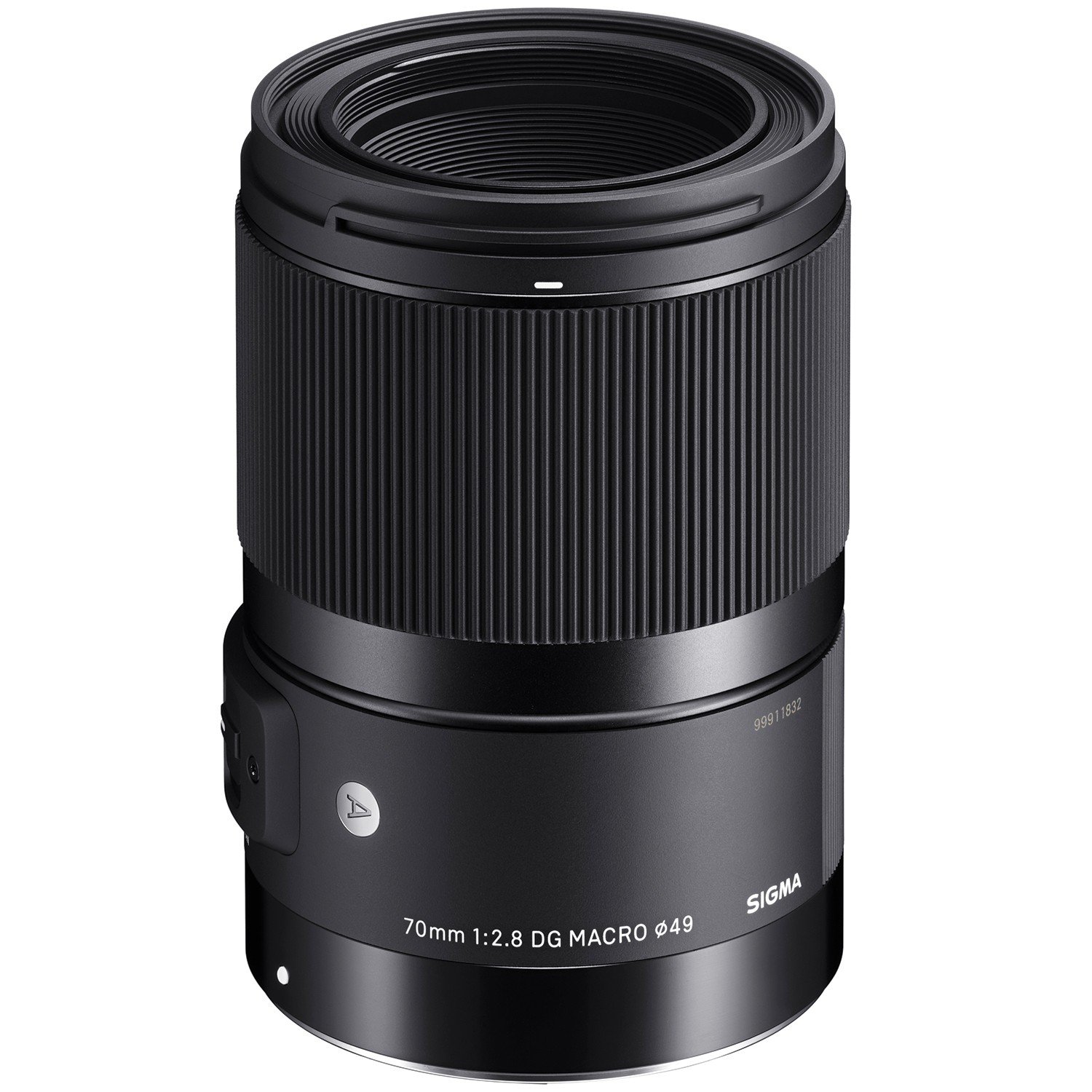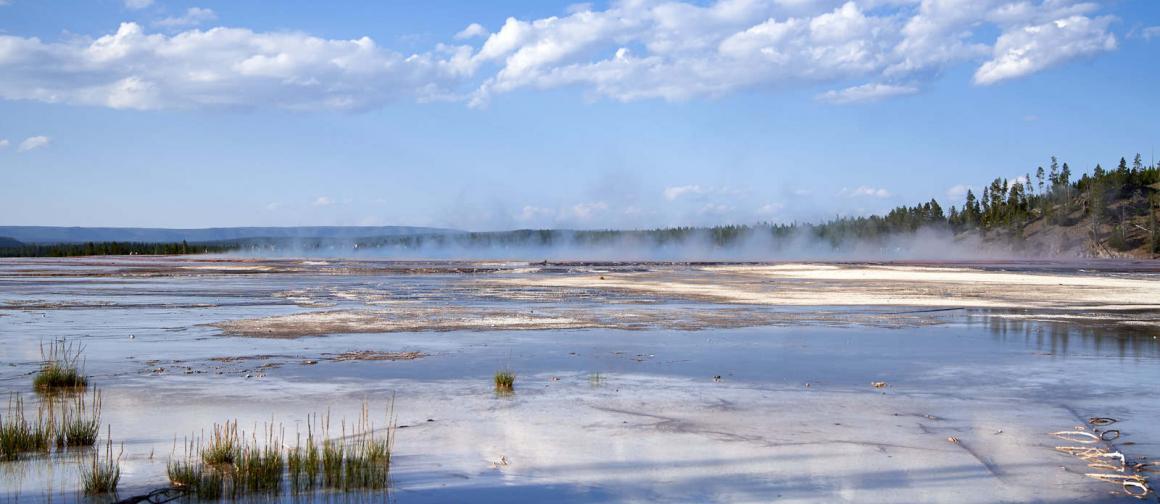
The best photography advice I was ever given is to note where the photographers are and go somewhere else. I repeated that line to myself as I took up a position on a crowded Yellowstone boardwalk. Lying prone with a Sigma macro lens pointed at a colorful pool of thermal water next to bubbling, blended mud, I pulled focus on a patch of thermophilic bacteria.
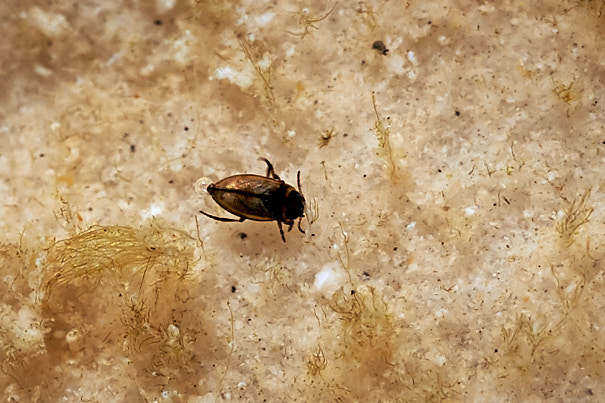
Then a tiny organism hopped into view: click, click, click…and WOW.
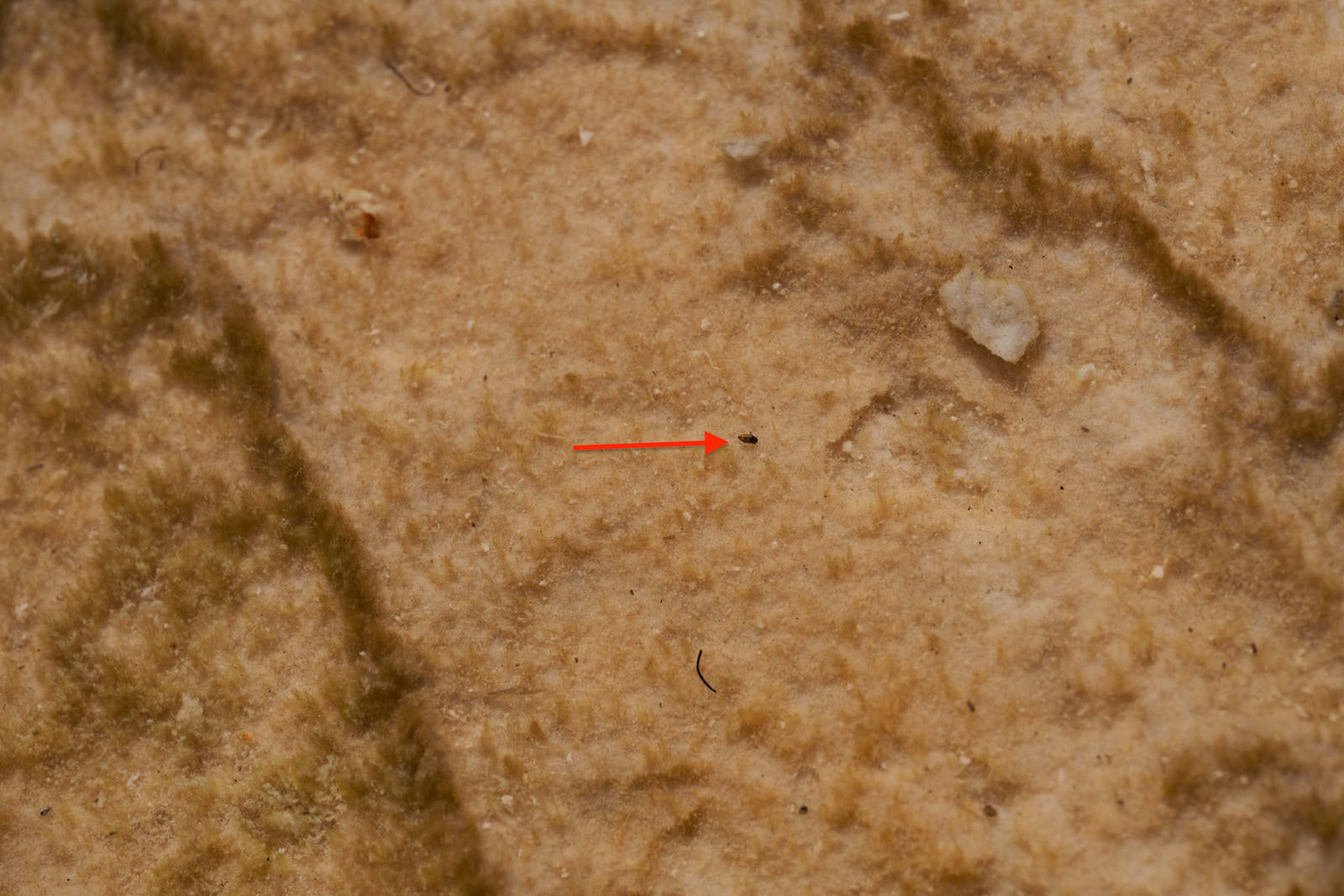
All of the other photographers on that boardwalk heard my delight; it was quite the macro moment. A week earlier, I had asked a fellow photographer what to do with a macro lens in Yellowstone. His reply, “Leaves, patterns, geothermal pools, flowers, maybe a goat. Try hot springs, get up close to the pool, and even stuff near the lodge would be great.”
He was right, it was all great.
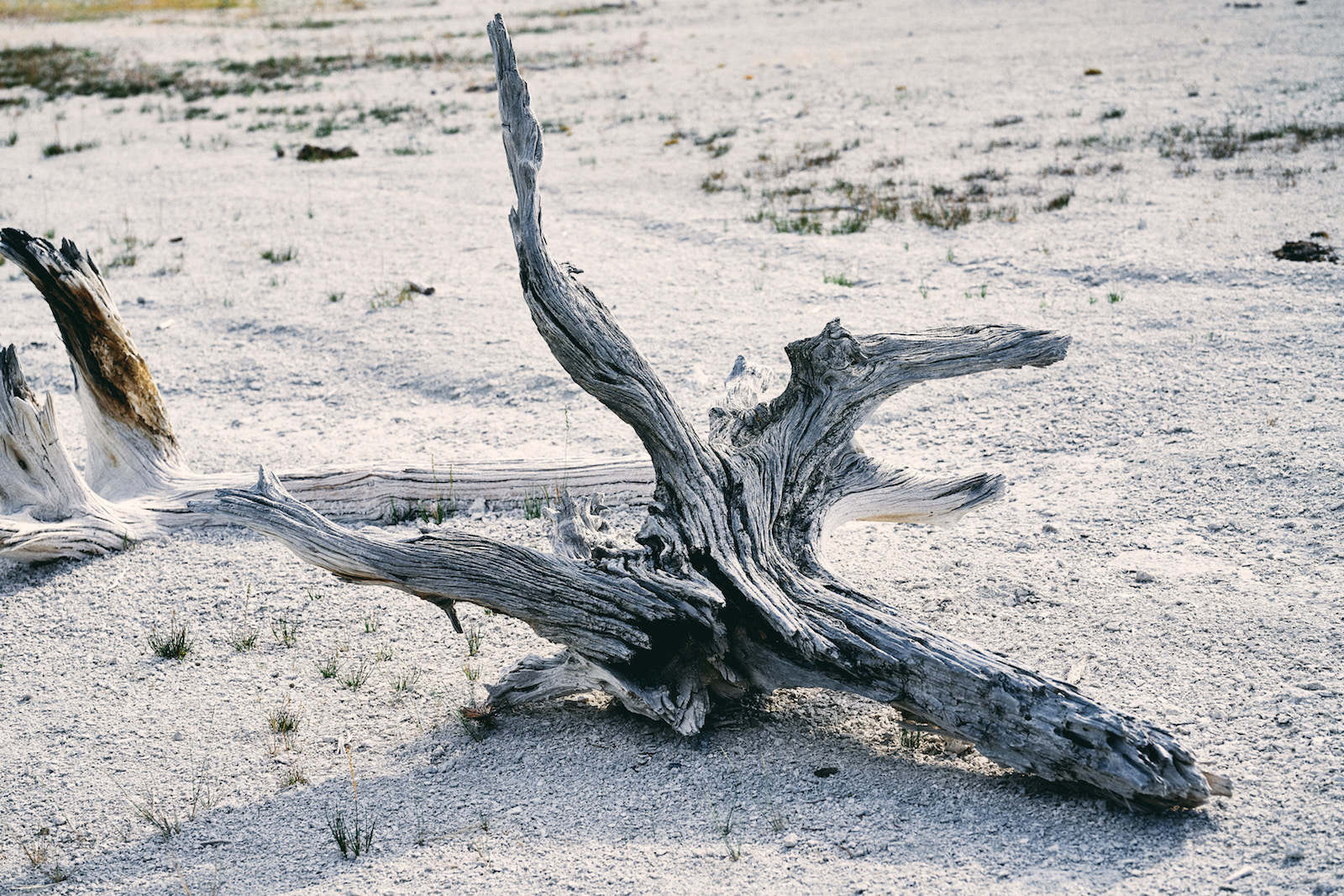
What also fascinated me visually about Yellowstone are the snags of bone-dry trees. Snapping pics of those, I could hear the opening bars of the theme song to “The Good, the Bad, and the Ugly.” Like the cowboys in that legendary spaghetti western, I was uneasy about standing on the crust of an active volcano.
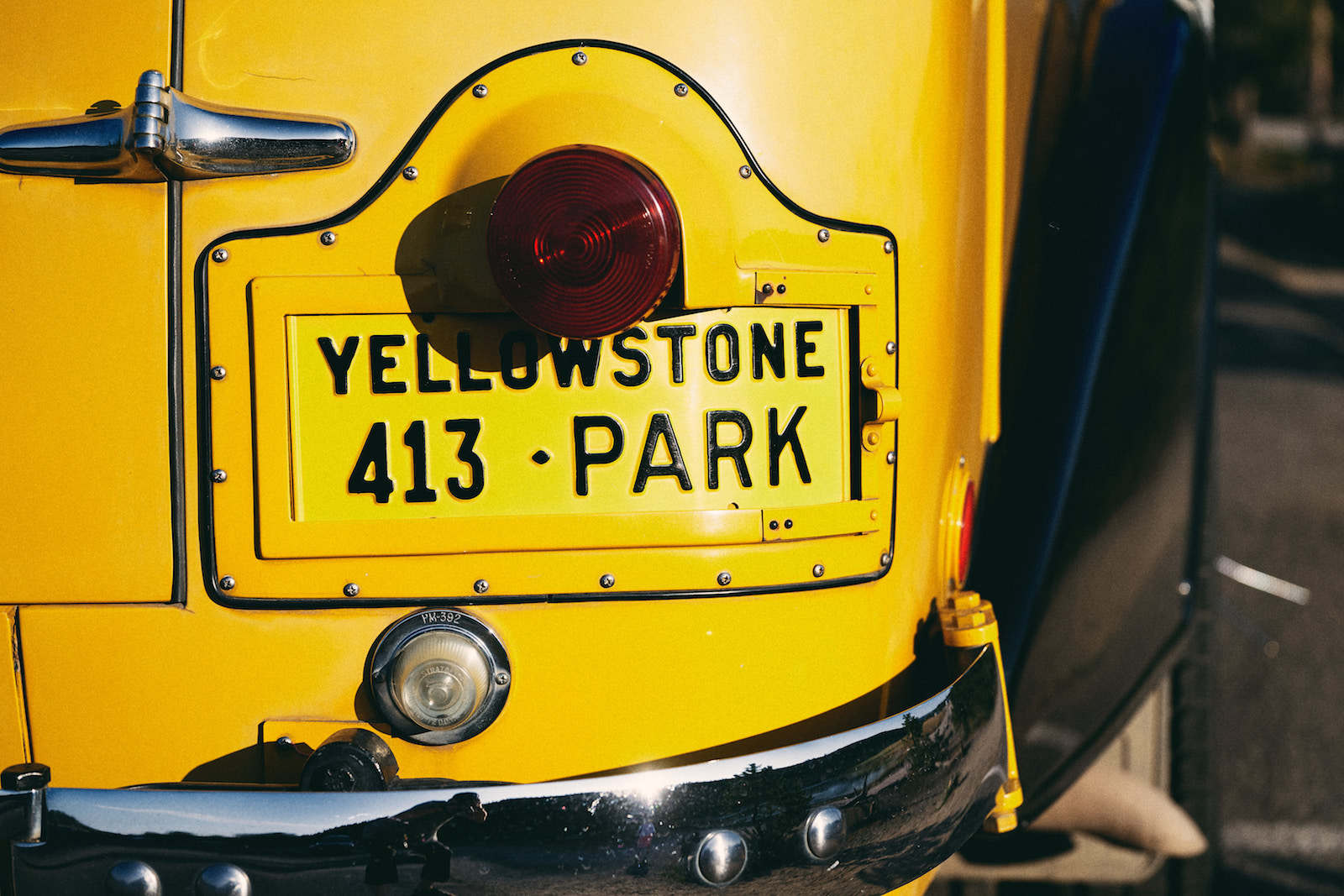
Seeing first hand how the shifting water can drastically impact trees was a reminder that we’re just a blip on the earth’s timeline and millions of visitors look at these pools each year. We didn’t see any wildlife, and didn’t expect to around the most thermally-active areas of the park, but that didn’t take away from our experience at the Grand Prismatic.
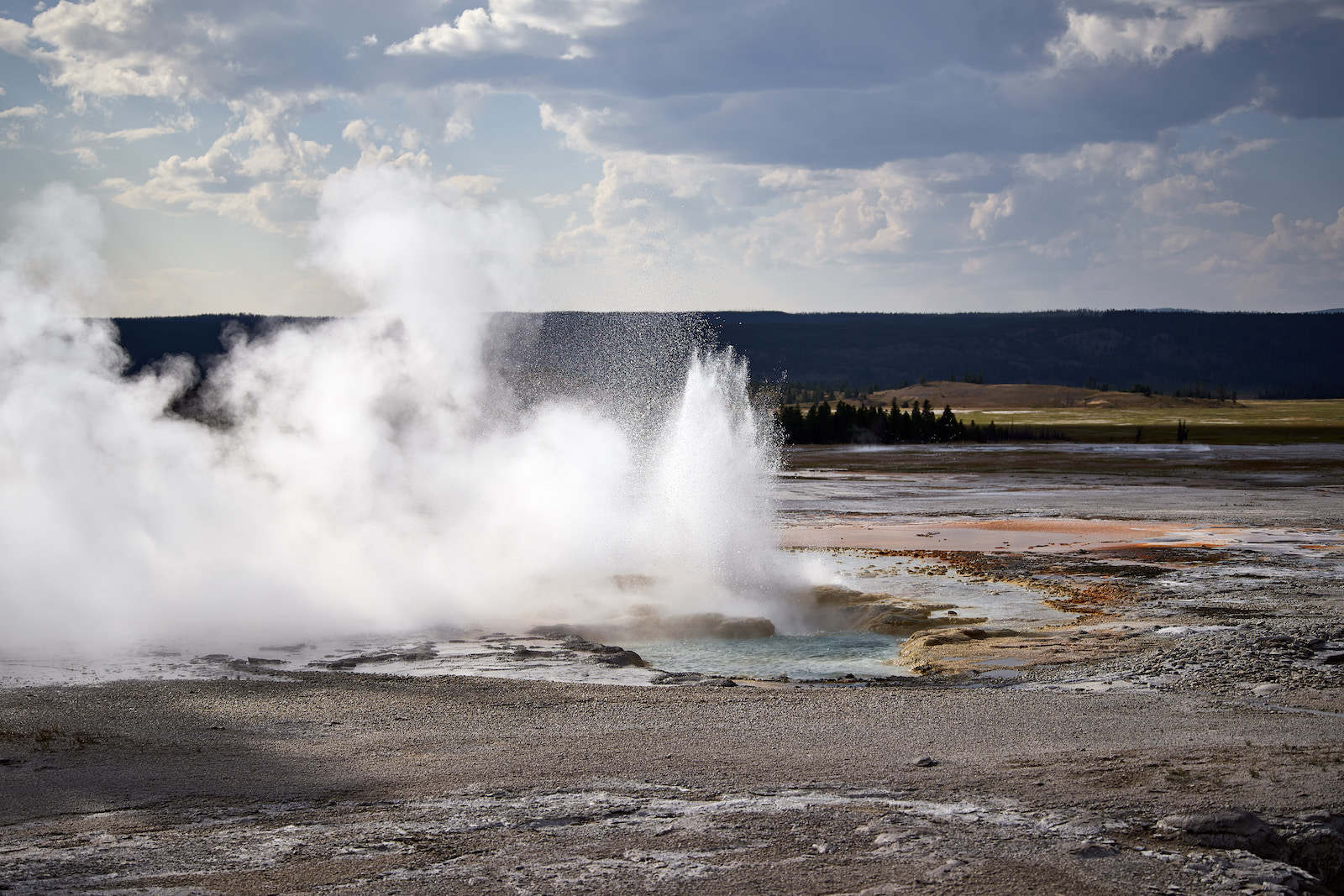
Sigma Art Prime Macro
The lens I shot with is the first prime macro lens to be included in the Sigma Art Line. As expected, it delivered stunning resolution, precise focusing, and incredible clarity along with smooth autofocus performance. I did not know what I’d find in that pool, but it focused just in time. Even though the build is solid, it still manages to feel lightweight. The precise focus I experienced on the bug is from the coreless DC motor. The focus limiter aided that shot too.
The $569 70mm F2.8 DG MACRO | Art will now travel with me. After seeing what I saw, there’s a whole world to photograph with a macro lens that’s not limited to close up. The lens features an extending, floating, two-group focus mechanism for optimal results at every shooting distance.
That means you can get landscapes with it too, and with minimal aberration at all focal lengths. In fields of wildflowers, that was the only lens I carried, alternating between extreme close ups and wider shots. It fit well into a small hydration backpack.
The best part of the lens, besides the price, is that it now ships in an E-mount for Sony shooters.
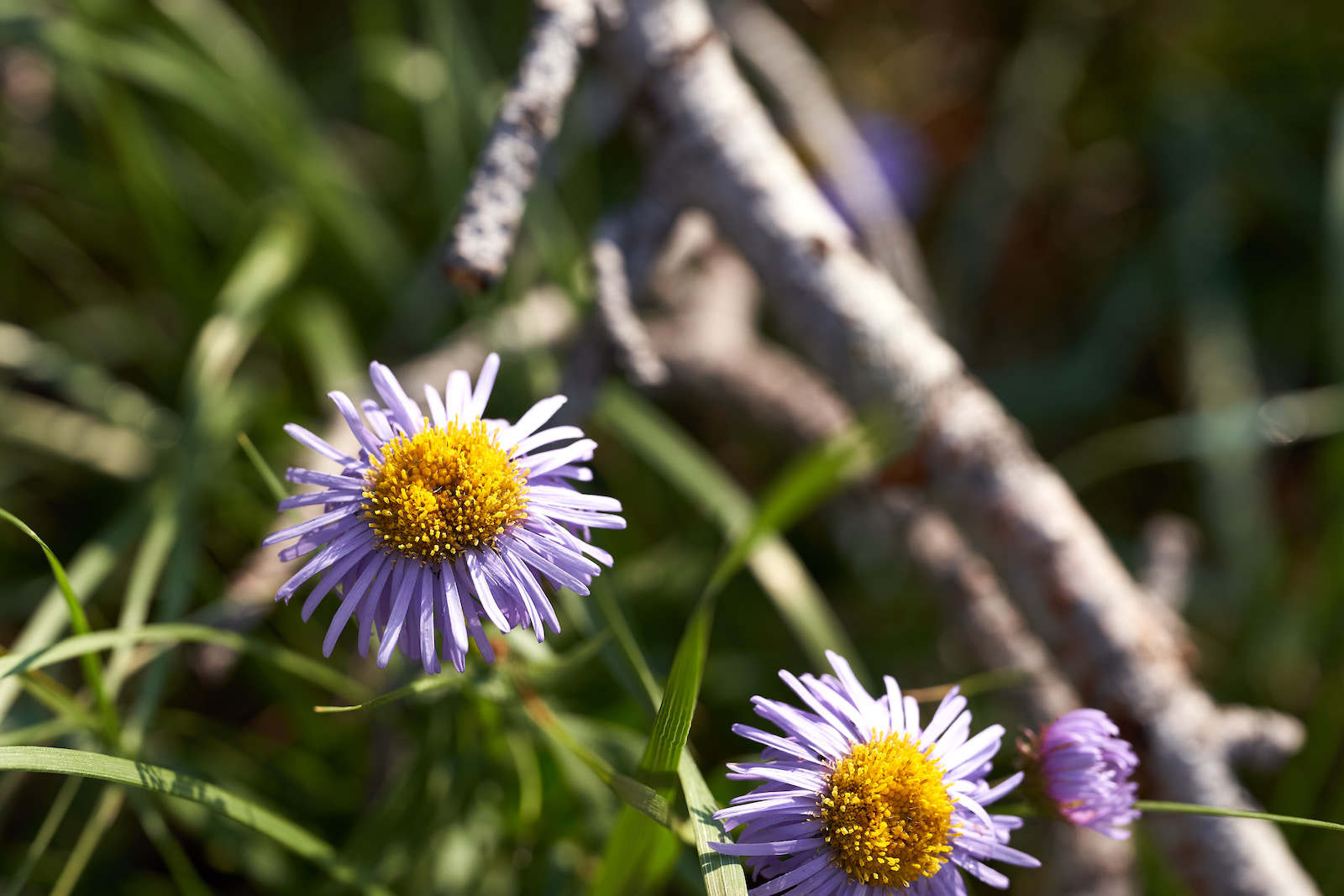
I took photos with the a7r III.
How to Get Your Shot at Yellowstone
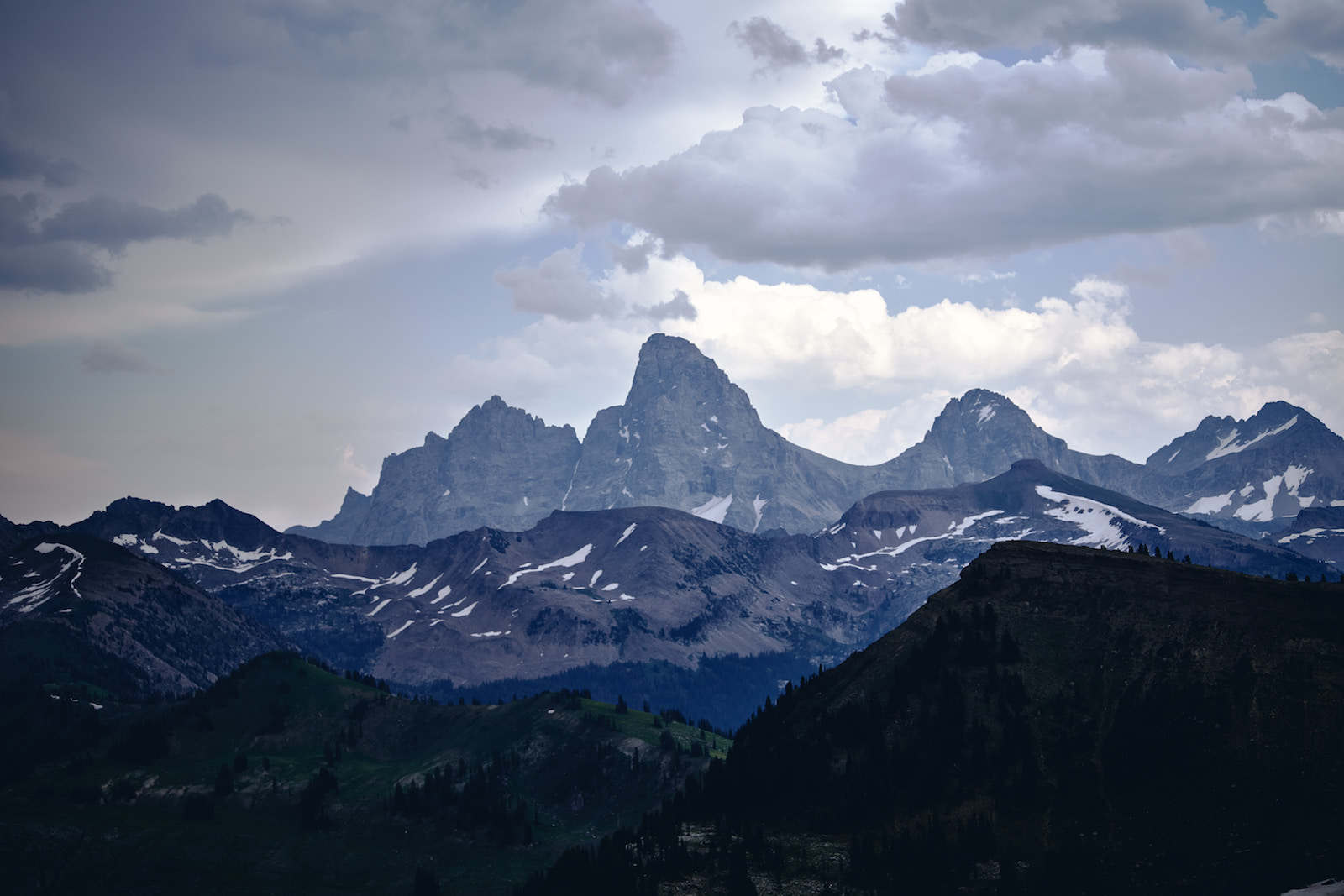
My trip to Yellowstone started at the West Gate and I arrived just after 5pm traveling towards Grand Teton National Park. Most tourists were traveling in the other direction and I was able to shoot in the golden hour (which didn’t matter because of wildfire smoke). Unless you enjoy spending a ton of time in post production clone stamping people out of your photo, it takes patience and there are many other geysers to visit in lieu of Old Faithful. For the reasons I stated above, I didn’t try and take the best-ever photo of the Grand Prismatic, but it was a sight to see.
The other thing I learned about Yellowstone was just how massive it is. To properly shoot it as a location will take multiple trips. I was lucky to get that bug shot—the lens made it possible; it could have just been algae. The other recommendation shared with me by the locals is shoot Yellowstone in the fall when the animals are migrating.
I hope to return to capture images that remain on my list. Thanks to the generous advice, maybe it will be this fall.
Sigma 70mm F2.8 Features
- First true 1:1 Macro Art lens with stunning resolution and clarity
- Focus-by-wire system for comfortable and precise focusing
- Compatible with Sony E-mount cameras with full-frame sensors
- Compatible with SIGMA ELECTRONIC FLASH MACRO EM-140 DG (adapter required)
Sigma 70mm F2.8 Specs
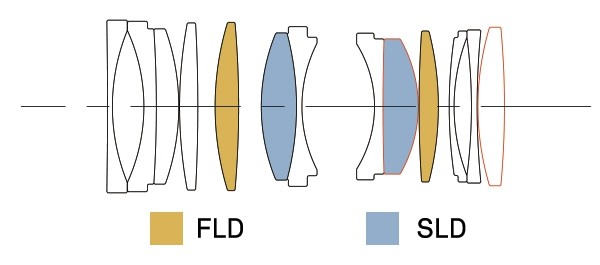
- Lens Construction: 13 elements in 10 groups
- Angle of View (35mm): 34.3°
- Number of Diaphragm Blades: 9 (Rounded diaphragm)
- Minimum Aperture: F22
- Minimum Focusing Distance: 25.8cm/10.2in
- Filter Size (mm) φ49㎜
- Maximum Magnifications: 1:1
- Dimensions (Diameter x Length): ø70.8mm x 105.8mm/ 2.8in. x 4.2in.
- Weight: 515g/18.2oz.
- E Mount.
My daily shooter is Sony A1 with a vertical grip and various Sony lenses attached like the FE 20mm F1.8. Find more gear recommendations in our shop. As an Amazon Associate I earn from qualifying purchases.
